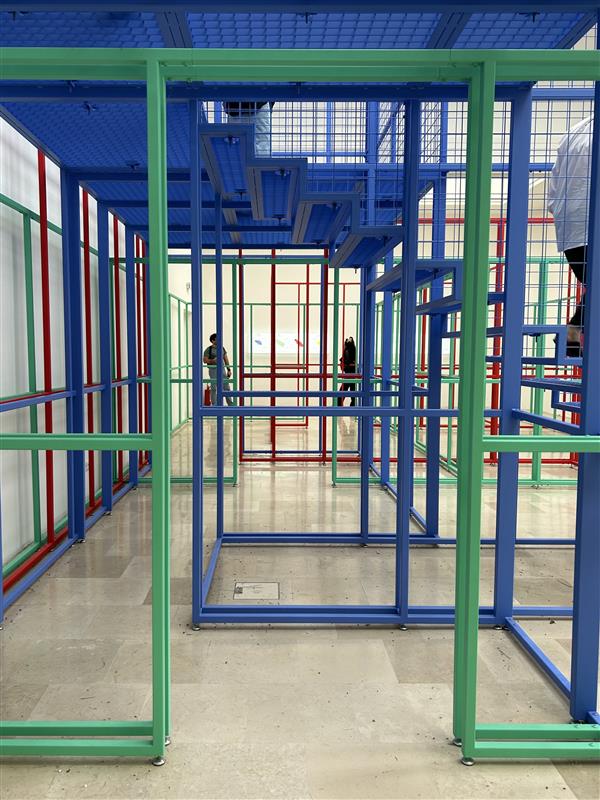Venice Biennale, Our thoughts ! By Clémentine Schelings.
In October 2023, the Inter’Act research group visited the Venice Architecture Biennale. Since, each has collected their thoughts and reflected on different aspects from their time in the various pavilions and within the shores of Venice. Over the next few weeks, each member will share their takeaways from the experience. This week, Clémentine Schelings, Inter’Act post-doctoral researcher and newly appointed principal investigator on an international collaborative projet whose work centres on citizen participation and empowerment shares her thoughts:
The Venice Biennale was an opportunity for me to take a step back from my research and reflect on its societal relevance in a constantly evolving architectural world. As a reminder, my doctoral thesis focused on participatory approaches to the making of the Smart City. From this starting point, on visiting the Biennial, I was initially rather stunned to observe the great absence of the Smart City among the city development and construction options, even though this year’s theme was « Lab for the Future ». This demonstrates a (nice) move away from purely technological approaches, assuming simple technical solutions for every problem, towards more nuanced, systemic approaches, with a strong focus on sustainability and humanity.
And yet, at the heart of the various pavilions, the other thing missing from the Biennale was citizen participation, except for the Austrian pavilion, which campaigned for the exhibition to be opened up to the people of Venice thanks to a footbridge project, that was eventually not accepted by the organizers. It got me thinking about the importance of making architecture more accessible and understandable to everyone. In this respect, the question of the scales used in the pavilions was of particular interest to me, with some small-scale creations allowing visions of a large portion of territory alongside other large-scale interpretations, such as the plan projected onto a giant carpet in the Swiss pavilion, which allows visitors to wander directly into the architecture.
The use of a 1:1 (or near) scale, such as tactical urban planning interventions or body-storming techniques, seem to me to be essential for inviting ordinary users and citizens to immerse themselves in architectural and urban projects, so as to understand them better and dialogue more easily with professionals and researchers. The Polish pavilion also featured a 1:1 scale model criticizing the hegemony of data in building and city design, reminding us that the future should be far less technological and more sensitive. Less Smart City for more citizen participation, what a program for my future research!


